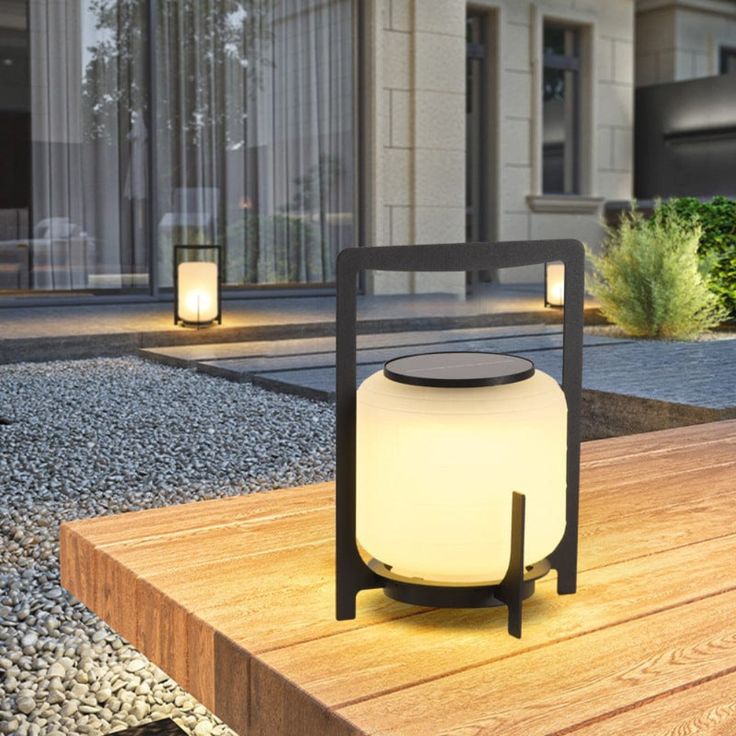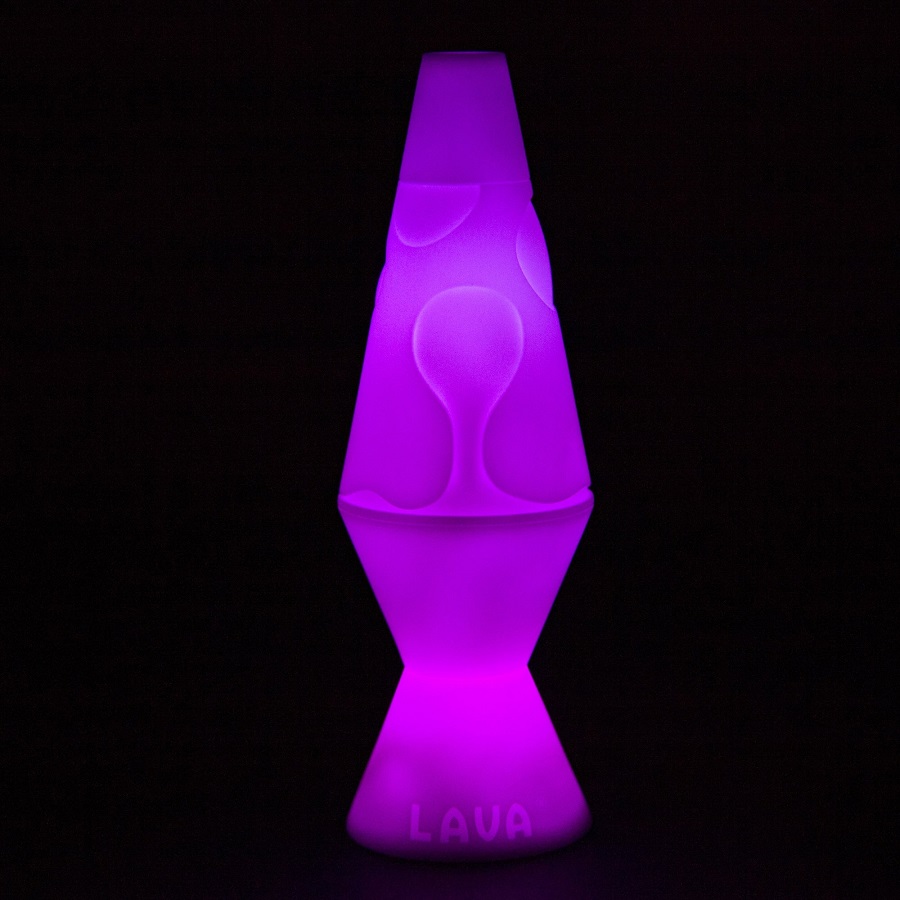 Introduction:
Introduction:
Choosing the right chandelier size for a table is essential in creating a harmonious and balanced lighting arrangement in the room. A chandelier that is too small or too large can throw off the visual proportions and impact the overall aesthetics of the space. In this comprehensive guide, we will explore the factors to consider when determining the appropriate chandelier size for a table. By understanding the relationship between chandelier size and table dimensions, you can confidently select the perfect chandelier that complements your table and enhances the ambiance of the room.
 Determining Chandelier Size
Determining Chandelier Size
Table Shape and Size:
Consider the shape and size of the table when determining the appropriate chandelier size.
Rectangular tables typically require longer chandeliers, while round or square tables call for wider chandeliers.
Ceiling Height:
Take into account the ceiling height to ensure that the chandelier hangs at an appropriate distance from the table.
Consider the chandelier’s drop length and the desired visual impact.
Proportional Guidelines:
Follow proportional guidelines when selecting a chandelier size based on the table.
For a rectangular table, the chandelier width should be around one-third to two-thirds of the table’s width.
For a round table, the chandelier diameter should be approximately half to two-thirds of the table’s diameter.
Measuring Chandelier Size
Table Width:
Measure the width of the table by taking the distance between the two widest points.
This measurement will help determine the width or diameter of the chandelier.
Chandelier Width or Diameter:
For a rectangular table, multiply the table width by 0.5 to 0.75 to determine the chandelier width.
For a round or square table, select a chandelier with a diameter that is approximately the same as the table’s width.
Chandelier Height:
Consider the ideal height of the chandelier above the table.
A general guideline is to hang the chandelier between 30 and 36 inches above the tabletop.
Section 3: Visual Impact and Design Considerations
3.1 Room Size and Decor Style:
Consider the overall size of the room and the style of the decor when selecting a chandelier size.
Larger rooms may accommodate larger chandeliers, while smaller rooms may require more compact options.
Balance and Proportions:
Ensure that the chandelier’s size complements the size of the table and the surrounding furniture.
Aim for a balanced and proportional visual arrangement that feels harmonious in the space.
Additional Lighting:
Assess the lighting needs of the room in addition to the chandelier.
Consider incorporating other lighting fixtures, such as sconces or recessed lighting, to provide adequate illumination.
 How High Should a Chandelier Above a Dining Table?
How High Should a Chandelier Above a Dining Table?
The height at which a Chandelier should hang above a dining table is an important consideration to ensure proper illumination and an aesthetically pleasing appearance.
Standard Recommendation:
Generally, pendant lights should be hung approximately 30 to 36 inches (76 to 91 cm) above the dining table’s surface. This measurement is taken from the bottom of the pendant to the table’s top. This distance allows for sufficient clearance for seated individuals while providing ample light coverage for dining activities.
Adjust Based on Table or Ceiling Height:
Adjustments may be needed based on the height of the dining table and the ceiling. If you have a taller table or higher ceilings, you might consider hanging the pendant light slightly higher to maintain a balanced appearance. Alternatively, for lower ceilings or shorter tables, lowering the pendant light a bit can create a more intimate and proportionate feel.
Consider Sightlines and Design Preferences:
Take into account the sightlines and visual harmony when determining the exact height of the pendant light. You want to ensure that the light fixture does not obstruct the view across the table or create any visual distraction. Additionally, consider the overall aesthetics and design of the dining area to achieve a cohesive and pleasing look.
Multiple Pendant Lights:
If you plan to hang multiple pendant lights above a long dining table or extendable table, the lights should be evenly spaced and distributed along the length of the table. Maintain a consistent distance between the bottom of each pendant and the tabletop for a cohesive and balanced arrangement.
Pendant Size and Shape:
The size and shape of the pendant light can also influence the hanging height. Larger or more substantial pendant fixtures generally require more space and might be hung slightly higher. Conversely, smaller or more delicate pendants can be hung slightly lower for a more intimate and visually appealing effect.
 How to Install a Chandelier
How to Install a Chandelier
Safety Precautions:
Before beginning the installation, ensure that the power to the area is turned off at the main electrical panel to prevent any accidents or electric shocks. Use a voltage tester to double-check that no electricity is present in the wiring.
Gather Necessary Tools and Materials:
Gather all the tools and materials required for the installation, which may include a ladder, screwdrivers, pliers, wire nuts, electrical tape, and a mounting bracket suitable for the weight of the chandelier.
Preparation:
Determine the desired location for the chandelier, considering the height and centering it over the intended space. Ensure that the mounting bracket is securely attached to the ceiling, following the manufacturer’s instructions and any applicable local electrical codes.
Wiring Connections:
Strip the insulation off the electrical wires of the chandelier and match them with the corresponding house wires. Typically, black wires are connected to black wires, white wires to white wires, and grounding (bare or green) wires to grounding wires.
Securely twist the wire ends together, using wire nuts, and cover them with electrical tape for added safety. Follow proper wiring techniques and consult an electrician if unsure about the connections.
Mounting the Chandelier:
With the wiring complete, carefully lift the chandelier and hang it on the mounting bracket. Ensure that it is securely attached and aligned properly.
Follow the manufacturer’s instructions to secure the chandelier to the mounting bracket, typically using screws or chain links. Double-check all connections and fastenings to ensure stability.
Finishing Touches:
Install the chandelier’s decorative components, such as bulbs, lampshades, or crystals, as specified by the manufacturer. Ensure they are securely in place and do not interfere with the overall balance of the fixture.
Test and Adjust:
Turn the power back on at the main electrical panel and test the chandelier’s illumination. If necessary, adjust the height or make minor alignment shifts to achieve the desired lighting effect.
Final Safety Checks:
Double-check all wiring connections, fastenings, and the stability of the chandelier. Ensure that all electrical connections are secure, and there are no exposed wires or loose components.
 Conclusion:
Conclusion:
Choosing the right chandelier size for a table is crucial in creating a visually pleasing and well-balanced lighting arrangement. By considering factors such as table shape and size, ceiling height, and proportional guidelines, you can confidently select the appropriate chandelier size that enhances the ambiance of the room. Remember to measure the width or diameter of the table and use it as a guide for determining the chandelier size. Additionally, consider the room size, decor style, and overall design considerations to achieve a visually appealing and harmonious lighting arrangement. With proper chandelier selection, you can create an inviting and stylish space that showcases your personal taste and enhances the overall aesthetic of the room.



